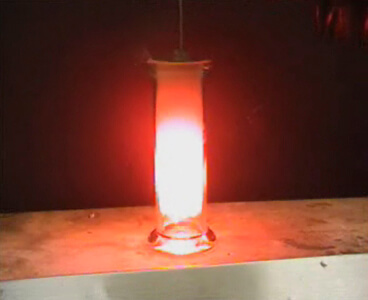


Environmental Science & Technology 2022, 56 Role of Antioxidant Moieties in the Quenching of a Purine Radical by Dissolved Organic Matter. Shuangshuang Cheng, Yujie Zhao, Yanheng Pan, Jinpeng Yu, Yu Lei, Xin Lei, Gangfeng Ouyang, Xin Yang.

UV/Chlorine Process: An Efficient Advanced Oxidation Process with Multiple Radicals and Functions in Water Treatment. Kaiheng Guo, Zihao Wu, Chunyan Chen, Jingyun Fang.Kinetics and Transformations of Diverse Dissolved Organic Matter Fractions with Sulfate Radicals. Xin Lei, Yu Lei, Jingmeng Guan, Paul Westerhoff, Xin Yang.–) Reactivity with Dissolved Organic Matter and Brominated Organic Byproduct Formation.Yu Lei, Xin Lei, Paul Westerhoff, Xingyu Tong, Jianing Ren, Yangjian Zhou, Shuangshuang Cheng, Gangfeng Ouyang, Xin Yang.Comparative Experimental and Computational Studies of Hydroxyl and Sulfate Radical-Mediated Degradation of Simple and Complex Organic Substrates. Yufan Chen, Huong Chi Vu, Christopher J.Exploring Pathways and Mechanisms for Dichloroacetonitrile Formation from Typical Amino Compounds during UV/Chlorine Treatment. Zhechao Hua, Junfang Li, Zhihong Zhou, Shanshan Zheng, Yifei Zhang, Jingyun Fang.Environmental Science & Technology 2022, Article ASAP. Multiple Roles of Dissolved Organic Matter in Advanced Oxidation Processes. Rosario-Ortiz, Yu Lei, Yanheng Pan, Xin Lei, Paul Westerhoff. This article is cited by 40 publications. These results signify the importance of DOM in scavenging chlorine radicals and the potential risks of producing chlorinated byproducts of unknown toxicity. Maximum TOCl occurred at a CT of 4–8 × 10 –12 M During the same experiments, we also monitored the formation of chlorinated byproducts through the evolution of total organic chlorine (TOCl) as a function of chlorine radical oxidant exposure (CT value). DOM with high aromaticity and total antioxidant capacity tended to react faster with Cl 2 negatively correlated with the weight-averaged molecular weight ( M W) due to the diffusion-controlled reactions.–), and compare those with the hydroxyl radical rate constants ( k DOM–.Laser flash photolysis experiments were conducted to quantify the second-order reaction rate constants of 19 DOM isolates with Cl This study aimed at quantifying the reaction rates and the formation of chlorinated organic byproducts produced from Cl – in water, but limited quantitative information exists regarding the influence of DOM structure on its reactivity with Cl.Dissolved organic matter (DOM) is a major reactant with, or a scavenger of, Cl –, can be produced in sunlight waters (rivers, oceans, and lakes) or water treatment processes (e.g., electrochemical and advanced oxidation processes).


 0 kommentar(er)
0 kommentar(er)
